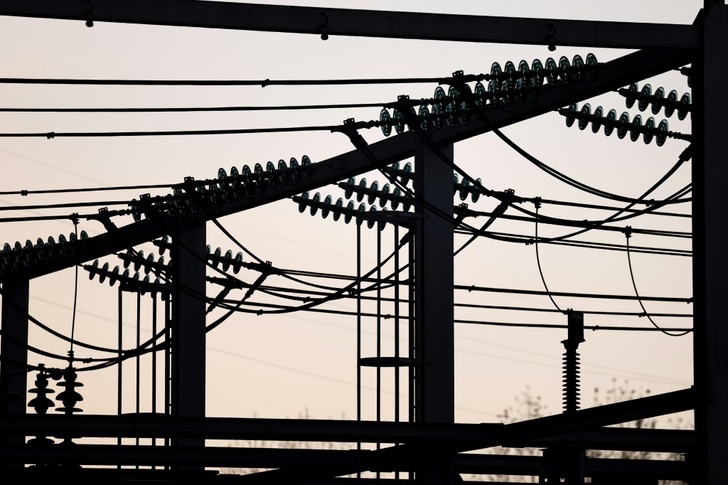Eurozone inflation eased further in June as energy costs slid but those of food and drinks remained elevated as underlying price pressures persist, official data showed Friday.
Since consumer prices remain above the European Central Bank's two-percent target, and core inflation rebounded slightly, analysts expect no let-up in interest rate hikes.
Inflation soared worldwide after Russia's invasion of Ukraine led to spiralling energy and food costs.
In response, the ECB raised rates at their fastest pace over the past year to cool inflation.
Consumer prices rose by 5.5 percent in June, down from 6.1 percent in May, according to the European Union's Eurostat agency.
The drop was slightly better than a forecast of 5.6 percent given by analysts surveyed by Bloomberg, and much lower than the peak of 10.6 percent in October.
But core inflation -- which excludes volatile energy, food, alcohol and tobacco prices -- remains stubbornly high. It rose to 5.4 percent in June from 5.3 percent in May.
That figure is the key signal for the ECB, whose chief, Christine Lagarde, pledged this week yet another rate hike in July.
"There is nothing in this release that would deter the ECB from raising interest rates by another 25bp (basis points) at the meeting in July," said Jack Allen-Reynolds, deputy chief eurozone economist at Capital Economics.
He added that "there is good chance of another hike" in September.
"The ECB thinks it is more costly to do too little in terms of hikes than to do too much, which means that we expect the ECB to continue hiking in July and September," agreed Bert Colijn, senior eurozone economist at ING.
Food, alcohol and tobacco prices rose by 11.7 percent in June compared with 12.5 percent in May, according to Eurostat.
The agency said energy inflation in the eurozone dipped further into negative territory in May, falling by 5.6 percent in June after recording a drop of 1.8 percent in May.
- Data brings hope -
Inflation data this week offered a mixed picture, but also allowed some to make predictions that high consumer prices had not become so entrenched in Europe.
But Lagarde this week warned inflation was proving "persistent".
"This persistence is caused by the fact that inflation is working its way through the economy in phases," she said.
The annual inflation rate in Germany, Europe's biggest economy, rose to 6.8 percent in June, up from 6.3 percent in May, Eurostat data showed.
But Spain recorded a slowdown in the annual rate of inflation to 1.6 percent in June thanks to lower fuel, electricity and food prices, according to the agency.
Among the 20 countries that use the euro, Luxembourg had the lowest inflation rate, at 1.0 percent in June, Eurostat said.
That means now three countries -- Belgium, Luxembourg and Spain -- have an annual rate of inflation in June that is lower than the ECB's two-percent target.
According to other Eurostat data published Friday, the unemployment rate in the eurozone remained stable in May at 6.5 percent.
raz/rmb/lth
© Agence France-Presse
Your content is great. However, if any of the content contained herein violates any rights of yours, including those of copyright, please contact us immediately by e-mail at media[@]kissrpr.com.
Source: Story.KISSPR.com

